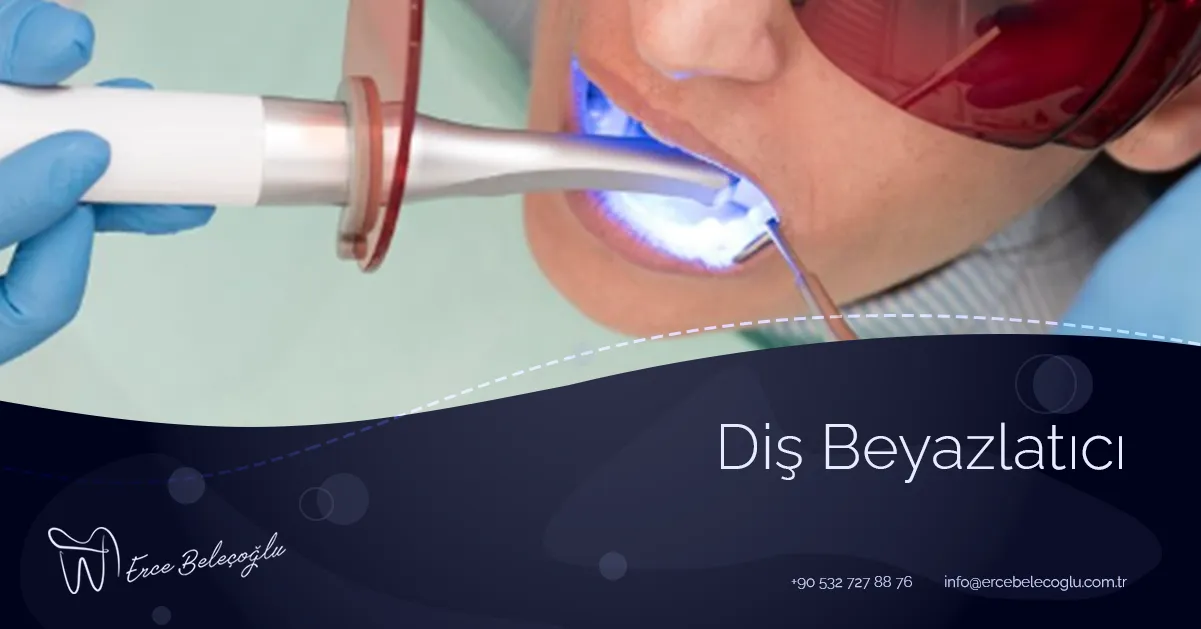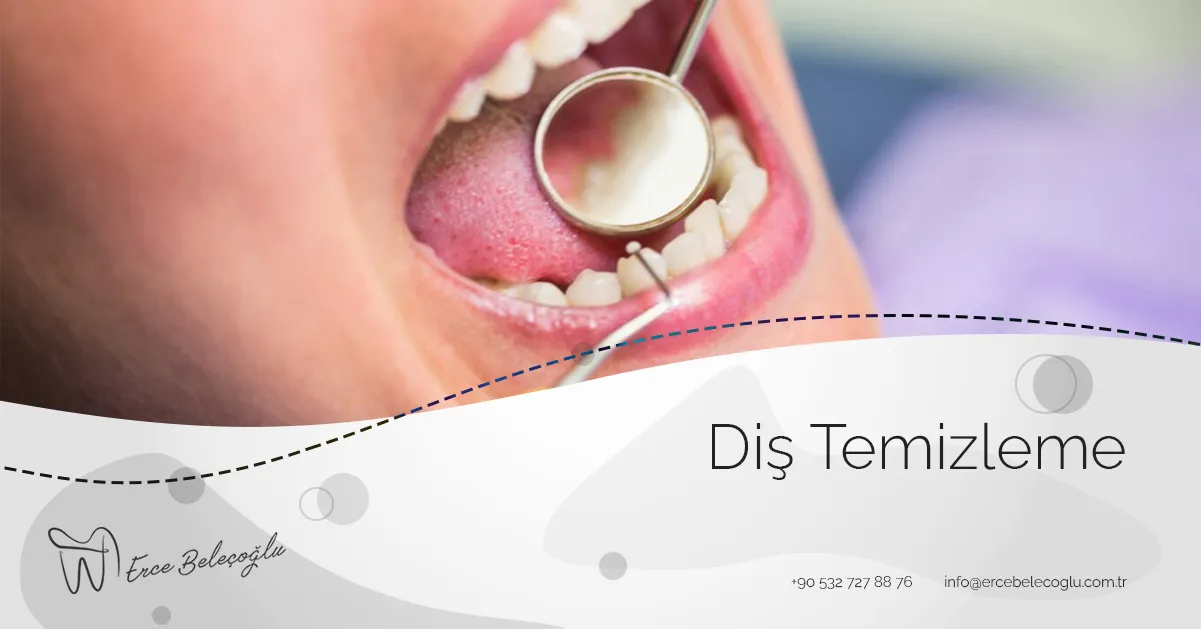Bicuspid tooth are teeth that perform the grinding function. They are also called premolar teeth. There are two on each side, above and below the jaw. They have two main protrusions, hence the name “biscuspid”.
Bicuspid tooth is located between the molars, incisors and canines. They usually erupt at the age of 10-12, replacing the milk teeth. If there is no problem, they are completely erupted and settled in a few years. These teeth, like the others, can be adversely affected by external factors and various dental problems can occur with them.
Humans typically have eight bicuspid teeth, with two in each quadrant of the mouth. They are crucial for maintaining the structure of the face and are instrumental in the process of chewing.
What is a Bicuspid Tooth?
The mouth is a complex and intricately designed mechanism in which each type of tooth fulfills its specific function. These teeth include cuspids and bicuspids. While many people are familiar with sharp-pointed canines or cuspids, not much is known about bicuspid teeth.
The upper teeth, commonly known as canines or eye teeth, are sharp and are used for tearing food. They are positioned next to the lateral incisors. On the other hand, the bicuspid teeth, also known as premolars, are located behind the cuspids and are primarily used to grind food before it reaches the molars.
How Many Bicuspid Teeth are There?
Humans typically have eight bicuspid teeth, with two in each quadrant of the mouth. They are crucial for maintaining the structure of the face and are instrumental in the process of chewing.
What tooth is the first bicuspid? The first bicuspid is the tooth immediately behind the canine in each quadrant of the mouth. Depending on which side and where they are located (upper or lower jaw), their official teeth number can vary.
For those curious about the detailed layout of teeth, a teeth numbers chart or a tooth chart numbers guide can be invaluable. These charts show the position and number of each tooth, which can be especially helpful for dentists or those studying dental anatomy.
When you refer to bicuspids, bicuspid teeth, or bicuspids teeth, you’re essentially pointing to the same set of teeth, the premolars. To get a more clear understanding, looking at a tooth diagram numbers, diagram of teeth numbers, or teeth diagram numbers will visually help distinguish them from other teeth types.

It’s not uncommon for people to sometimes experience back tooth pain or back teeth pain, particularly in the area of the bicuspids. Such discomfort can arise from cavities, gum disease, or other dental issues.
Dental chart numbers are often used by professionals to identify and communicate about specific teeth. If you experience molar pain or pain in your bicuspids, it’s crucial to see a dentist. They might refer to a dental tooth chart numbers or dental tooth number chart to pinpoint the exact tooth causing discomfort. Pain can be misleading, as sometimes molar tooth pain or back molar pain can feel like it’s coming from the bicuspids and vice versa.
In conclusion, the bicuspid tooth or premolar plays a pivotal role in our oral health. Familiarizing oneself with dental anatomy can be beneficial, whether you’re a patient trying to communicate with your dentist or someone just curious about the specifics of human teeth.












